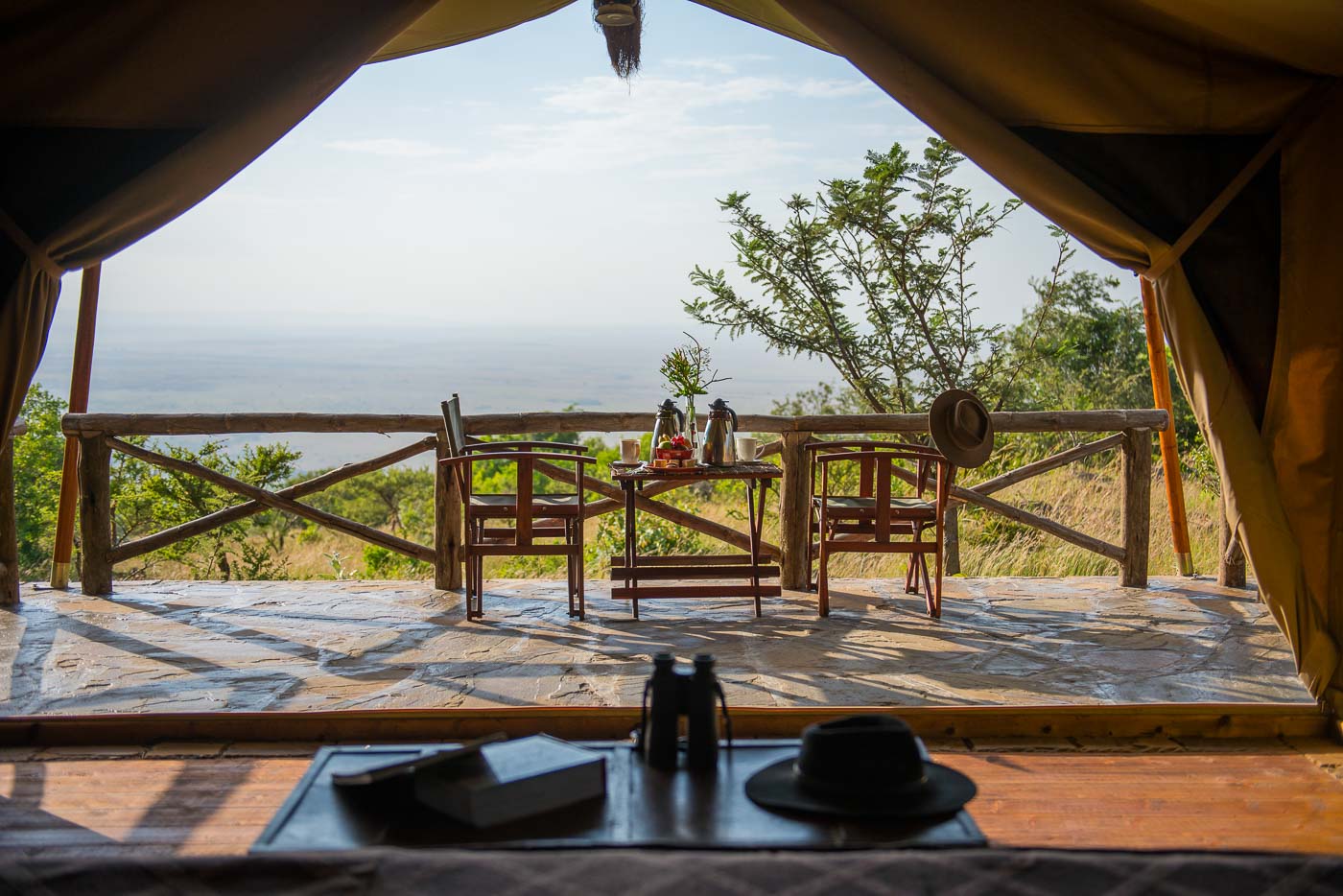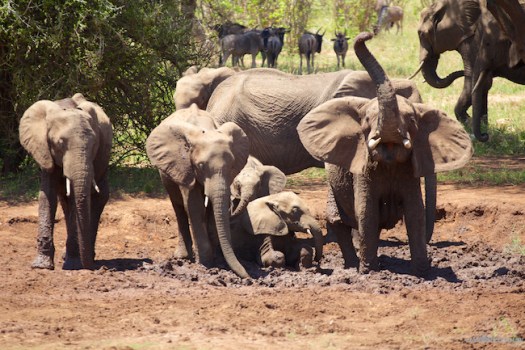Traveling abroad for the first time is thrilling and enriching. It doesn’t have to be frustrating or confusing if you plan and organize some important things ahead of time to make your trip as smooth as possible.
Passport
It goes without saying, but we will say it anyway, you need a passport! Passports are very easy to acquire – if you are just renewing you can go online to get all the info you need and mail your application in. If it is your first one, you must go in person to an “official” passport agency, which is often your local post office, so it shouldn’t be too hard to find. Don’t forget your passport photo. Here’s a tip, save money by taking your own passport photo. And once you receive your passport in the mail, take a photo of the main page and keep some electronic and printed copies with you in different places. If you already have one, make sure that is current (and does not expire in six months) as many countries still won’t let you in if it’s near expiration.
 Image Credit: Creative Commons
Image Credit: Creative Commons
Visas
To visit certain countries, you may need a visa, which is basically a travel document (usually in the form of a sticker put inside your passport) that allows you entry into a country for a certain amount of time. Don’t fret; Americans do not need them for many countries including much of Europe, Australia, and some in Latin America. To find out if you will need one, just go to the U.S. Department of State and enter in the countries you are interested in. Keep in mind you will often have to send away for the visa (along with your passport) and they can cost anywhere from $20 – $200. This is definitely something you need to do ahead of time so you can get your passport back way ahead of your trip. In some cases, if you are in a large city, you can go in person to the specific country’s consulate to get your visa.
Immunizations
Also depending on your destination, you may need some shots. Doesn’t sound fun, but they don’t hurt really and it’s better to be safe than sick! Check out the CDC website where you can enter in your destination(s) and find out what health risks there are. Keep in mind that in many countries, if you are sticking to cities and not rural areas, you may not need a vaccine. If you have health insurance, shots are sometimes covered. If not, there are various travel clinics in larger cities that offer immunization services. It’s worth noting that some vaccinations require a set of shots (i.e. Hepatitis) so make sure you plan at least six months to a year in advance.
Money
Nowadays, this one’s pretty easy. Most popular destinations and even off-the-beaten path areas have bank machines at which you can use your ATM card to withdraw the local currency. Just talk to your bank about withdrawal and conversion fees and make sure your card will work at most locations around the world. You can also use your credit card in most large cities, but for smaller towns and smaller purchases, it’s best to use cash. Also, it never hurts to have some U.S. one dollar bills with you.
So with a little planning and foresight, you can now focus on the fun stuff and book that trip! The world is waiting!
Lisa Lubin is an established travel/food writer, three-time Emmy®-award winning TV producer, and travel industry expert. After a decade in broadcast television she took a sabbatical, which turned into three years traveling around the world. She documents her adventures on her blog, LLworldtour.com. You can follow her on Facebook, Twitter, and Instagram.





















